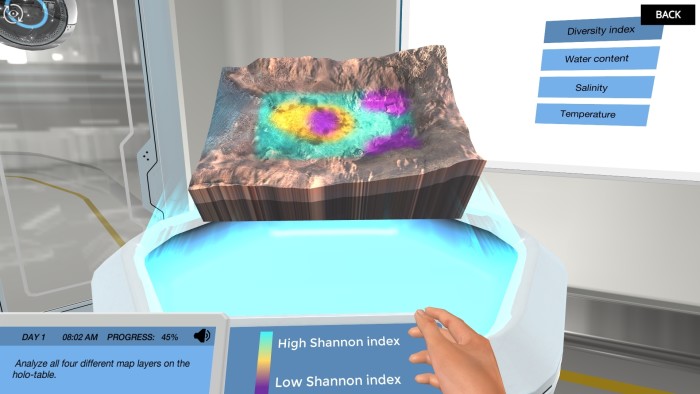
Spatial ecology is an exciting field that focuses on understanding the relationships between organisms and their environment with particular emphasis on “how spatial patterns influence their interactions”. This area of study offers young learners a captivating exploration of how various living creatures, ranging from small insects to giant whales, adapt and thrive within their unique surroundings.
When delivered correctly, topics like “animal migrations”, “strategies used by plants to disperse their seeds”, and relationship dynamics and the interplay between “predators and their prey”, “parasites and their hosts”, “crops and their pests”, etc can be clearly understood. The allure of this subject lies in its ability to reveal the hidden dynamics of ecosystems where each organism and every patch of land contribute significantly to the delicate balance of nature.
To help you plan well-organized lectures on the subject, we have compiled some resources here. The underlisted 5 creative ways to teach spatial ecology can be a game-changer for you and your students.
The integration of models and simulations holds significant promise for educators aiming to impart comprehensive insights into spatial ecology and its interconnected aspects. This pedagogical approach will not only foster an enhanced understanding of “how the environment influences species distribution” but will also equip your students with advanced tools for analysis and exploration.
You can utilize dynamic simulative platforms to bring real-world scenarios to life in your next class. As learners play with various environmental factors and observe their impact on species distribution, they’ll witness firsthand how changes in temperature, humidity, topography, and other variables influence the spatial distribution of species.
Labster’s Spatial Ecology Virtual Model provides a beautiful opportunity for students to visit the exoplanet Astakos IV and collect field data from various species and also many environmental variables. As they transfer their data to the Labster’s holo-table, they can analyze it using “map layers analysis” on the terrain’s 3-D holographic model.

The strategic integration of educational games and activities offers a potent and innovative approach for educators to effectively impart the complexities of spatial ecology to young learners. Interactive classroom activities can serve as a captivating avenue for learners to explore the nuances of how environmental factors exert influence on species distribution.
The inherent gamification of the learning process as in Labster’s Spatial Ecology Game can enable students to engage in the dynamic task of tracking and mapping diverse species across a designated area. By assuming the role of ecologists, learners can employ GPS data and environmental cues to chart species movements, delineate migration routes, and identify potential hotspots of biodiversity.
By harnessing cutting-edge tools, you can illuminate the intricate relationships between species and their environment, unravel the nuances of species distribution and empower learners to engage in sophisticated analyses that transcend traditional boundaries.
You can instill a sense of scientific inquiry in your students by utilizing immersive virtual environments using VR and AR technologies. Not only can students manipulate environmental variables like temperature, precipitation, and terrain in such settings, but also gather a deeper comprehension of the intricate interplay between ecological niches and environmental cues.

Discover Labster's Spatial Ecology virtual lab today!
You can also plan on developing a profound connection between the subject of spatial ecology and the vast variety of career prospects where its knowledge is highly sought after. The key is to inspire learners to explore the frontiers of scientific inquiry by embracing spatial ecology not merely as a theoretical pursuit, but as a gateway to impactful and diverse professional trajectories.
Some of the fields where the foundational understanding of this topic is integral are:
Educators can forge a compelling bridge between spatial ecology and tangible real-world issues, and scenarios where its knowledge is of profound significance and use. By highlighting how a deep grasp of how the environment shapes species distribution is essential for addressing current conservation challenges, educators can inspire students to see themselves as proactive agents of change. As learners delve into the complexities of climate change, they will unearth how shifts in temperature and precipitation patterns can disrupt habitats causing species to migrate or face endangerment.
By now, we know that teaching spatial ecology demands innovative approaches to engage and inspire learners of the current time. In a world increasingly shaped by environmental dynamics, traditional methods fall short of conveying their significance. By integrating fresh strategies, educators can kindle curiosity while cultivating a sense of responsibility and empowerment amongst students. Labster supports educators in this endeavor by providing its scientifically designed simulation.
Try our free 30-day All Access Educator's Pass today and teach with the Spatial Ecology simulation alongside 300+ other virtual labs!

Labster helps universities and high schools enhance student success in STEM.
Request DemoRequest a demo to discover how Labster helps high schools and universities enhance student success.
Request Demo